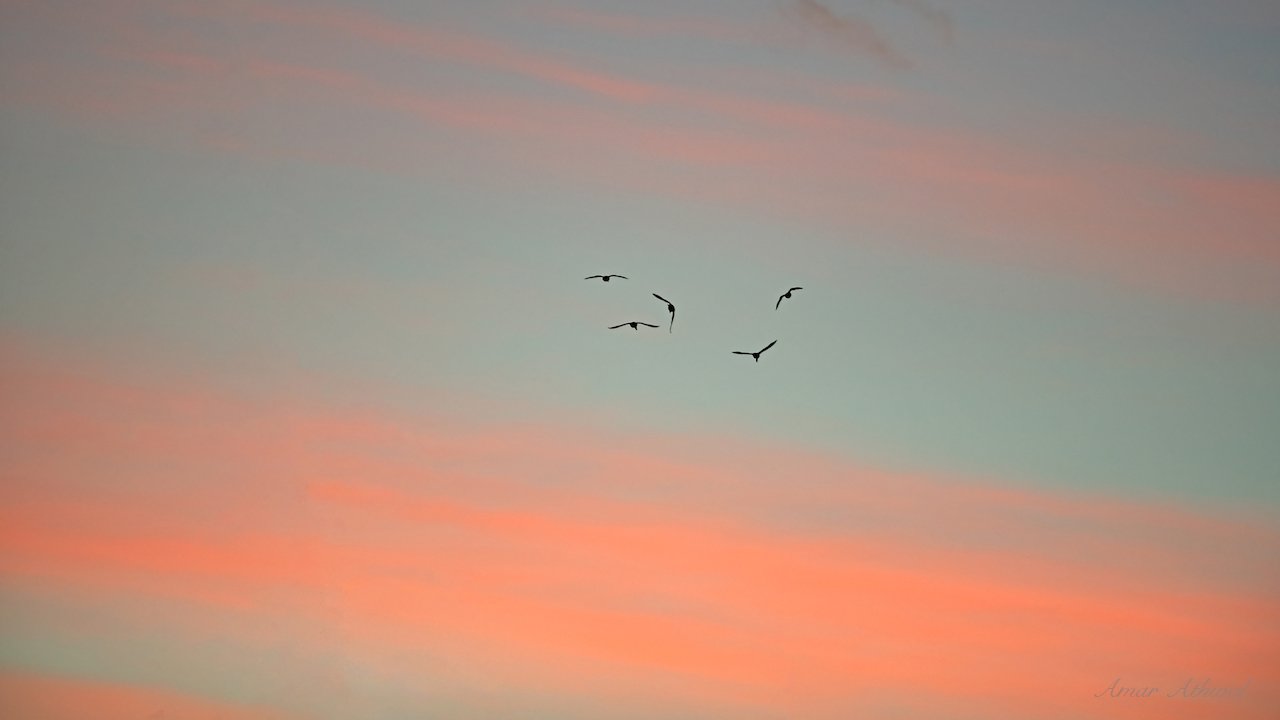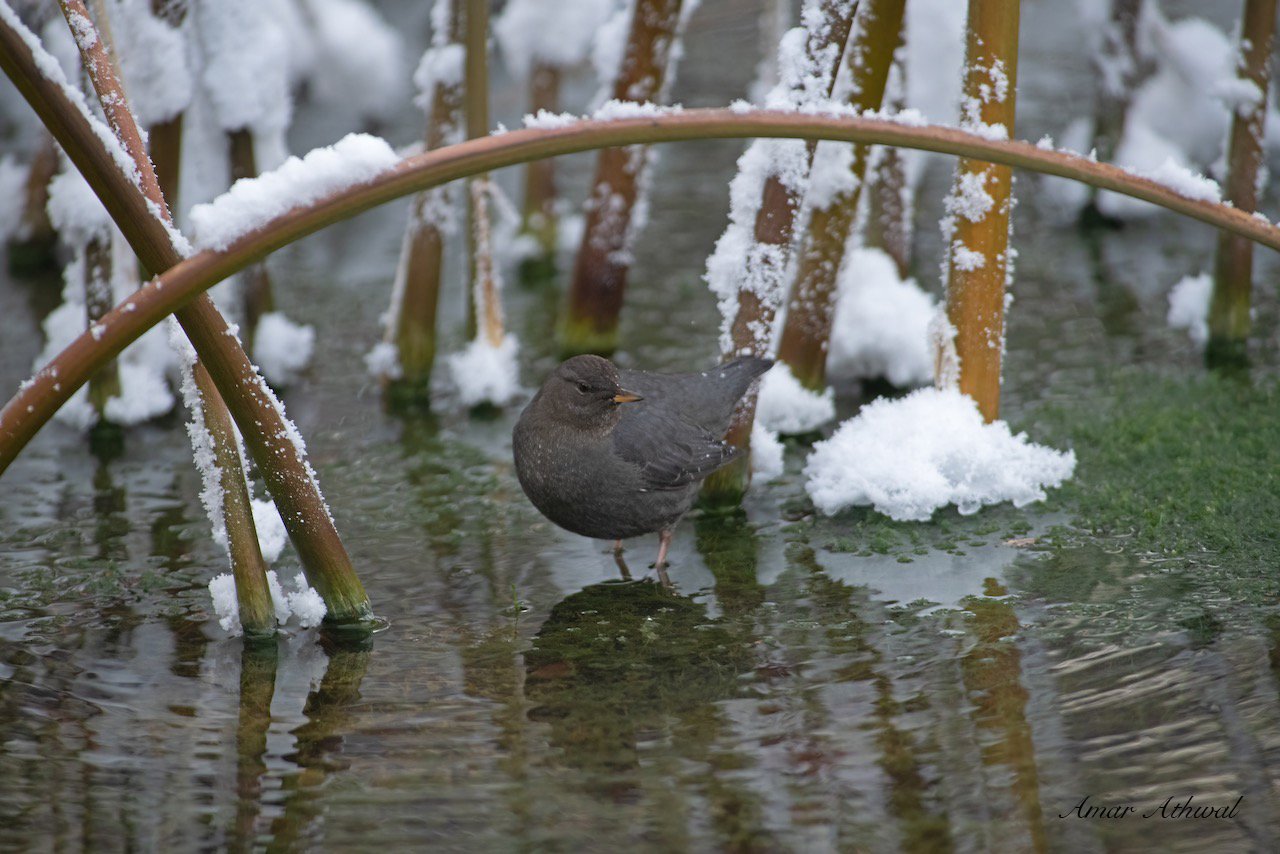I was watching my every step as I made my way down a steep slope, on what was an animal trail made by hoofed mammals. I was a few minutes in when I heard a sound of a bird flying near me. I stopped with both feet well placed. I looked to my right. A few meters away, a White-tailed Ptarmigan was looking at me and a second one, who had taken to the air, had landed a couple of meters from the first. It was the first week of October and both birds had started the process of going from their summer grey and brown feather colours to pure white for the winter. As they do in October.
These high elevation birds spend their summer above the timberline, where during warmer weather they have many options for various vegetation and insects. During the winter, they do not fly south, but instead have adapted to the winter by molting their feathers to white to blend in with their snowy surroundings and losing some altitude. They have feathers on their feet to be able to walk in the lightest of snow and to get away from the cold. They borrow under the snow and are also great for roosting.
Back to the two birds on the side of a steep slope. With the hopes of getting a few pictures of both. I slowly turned my back toward them and placed my pack on the ground to get the camera out. Way too many times, the bird take-off just when you are about to point the camera at them. But this time when I slowly faced them again, both were still there. I squatted to get the beautiful glow coming off trees from below, where I was heading, as the background for this image. A couple of minutes later, I was all packed and started my way down. Not a minute passed when I heard a loud sound of a large descending bird. Three ptarmigan who were out of my view took to the air for safety some forty meters in front of me and the same did the two I left behind, but in the opposite direction. Soon the reason came into my view. About fifty meters in front of me, at eye level, was a Golden Eagle in the air. I did not even bother getting the camera out this time. A few seconds after the eagle saw me, it was out of there. With a smile on my face, I watched my steps again as I made my way to the sun-covered bottom. With the future technology, we’ll get the image of the eagle downloaded from my head.



















